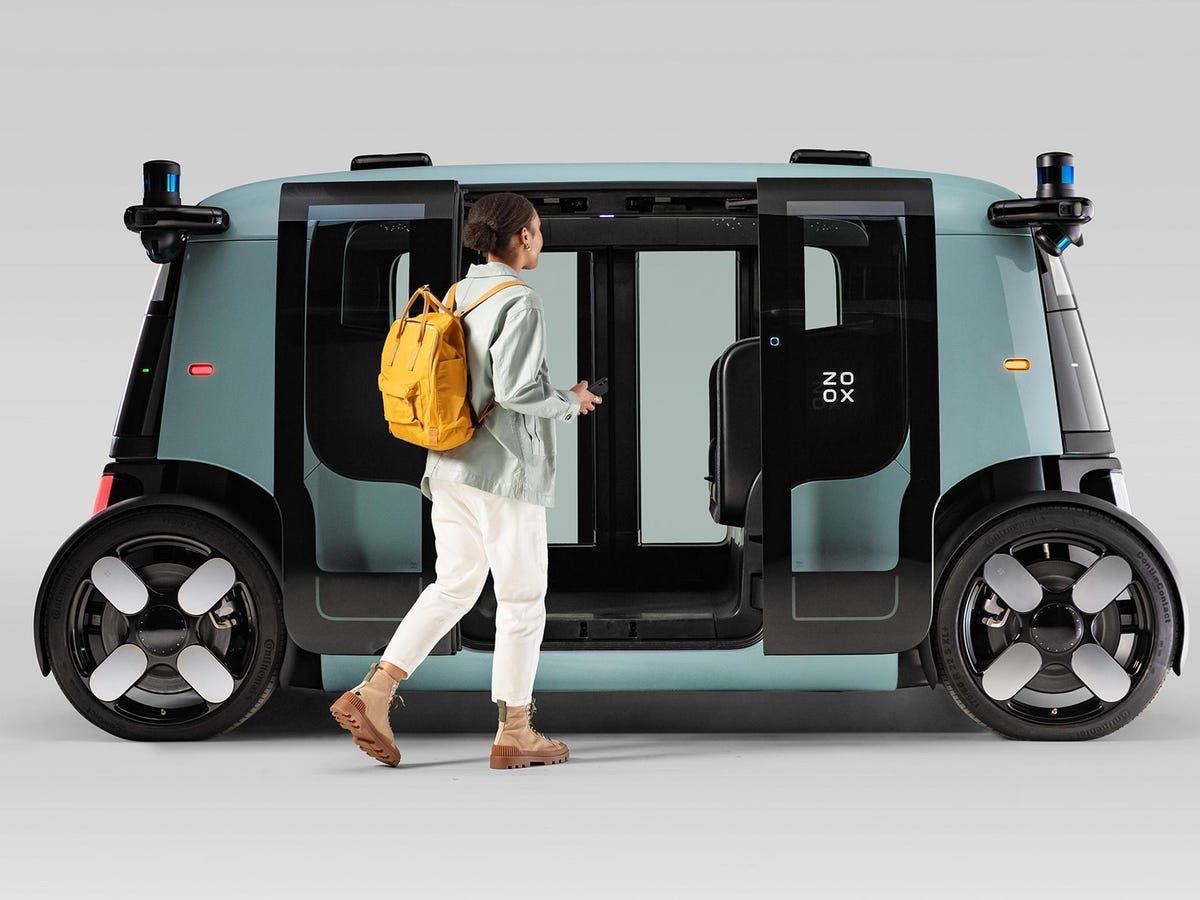- supercars.com.gh
- April 18, 2023
Taxis are navigating streets around the world without drivers. Some even drive without steering wheels. These driverless taxis are the new frontier, and they offer exciting prospects for the transport industry.
Driverless taxis or robotaxis are ride-hailing vehicles that operate without the need for human intervention. Depending on state regulations, some driverless taxis come with human operators who take over in case of emergencies.
Driverless taxis use sensors, GPS, and cameras to navigate their environment. The primary navigation tool is the LiDAR (light detection and ranging), which is mounted on the car’s roof.
LiDAR measures obstacle distances relative to the vehicle. Cameras and other sensors mounted at different parts of the car capture road signage, curbs, and other road users. The information is processed by machine learning software, plotting the car’s path within a 3D digital map. As the robotaxi moves, actuators receive instructions from the software, causing it to brake, turn, or accelerate.
A handful of companies are deploying autonomous taxis around the world.
California’s regulators have licensed Cruise, a General Motors-backed company, to provide driverless taxis on select San Francisco roads. The company has signed a deal to provide robotaxis to Dubai in 2023.
Waymo, a Californian self-driving car project, also runs a fully autonomous driverless taxi service in Phoenix, Arizona while testing robotaxis in San Francisco.
Baidu, a Chinese-based company, is trialing its Apollo Go robot axis in Wuhan and Chongqing. The company’s robot axis in Shanghai, Beijing, and Shenzhen has human safety operators.
Ford is testing its Argo AI driverless taxis in Miami and Austin before it starts accepting paying customers. The rideshare company, Lyft, is also deploying Motional’s robotaxis in Las Vegas ahead of a full-scale launch in 2023.
Baidu – Apollo Go
General Motors – Chevy Bolt EV
Alphabet – Waymo
Lyft – Motional
Industry and government leaders must understand the obvious benefits and challenges of this innovation.
- Without human intervention, a driverless taxi would follow traffic regulations to the letter. Sensors and cameras also capture obstacles better than the human eye; this could reduce road crashes.
- Robotaxis could reduce our dependence on vehicle ownership, leading to fewer cars and improved traffic situations.
- Electric driverless cars would reduce emissions and protect the environment.
- When autonomous vehicles are fully integrated into everyday traffic, it would be easier to remove traffic bottlenecks and reduce commute times.
- A boom in autonomous taxis could lead to job losses.
- Driverless taxis are still prone to errors and crashes.
- A wide-scale glitch could be disastrous, while hackers could interfere by sabotaging drives.
- Heavy rain, dusty winds, and snow could affect the car’s sensors making them less effective.
- Driverless taxis are expensive to produce and maintain.
Ghana could start deploying driverless taxis by enacting a regulatory framework and working with the industry to create designated trial regions. Creating standardised road infrastructure required to operate driverless cars would be crucial.
The country would have to invest in 5G technology for faster communication between vehicles and road infrastructure. Policies mitigating the impact of driverless cars on jobs could also promote the rollout of autonomous vehicles.
Check out our blog for more on the latest development in transportation.
Recent Post
Have Any Question?
If you have a question, call or email us.
We will get back to you as soon as possible!












